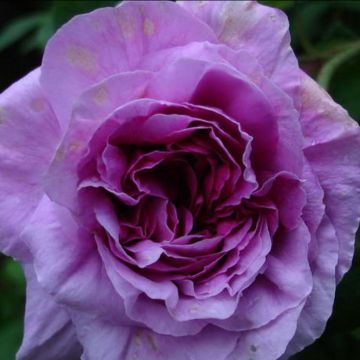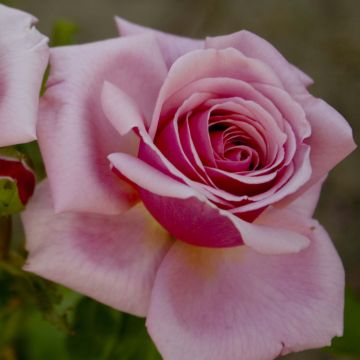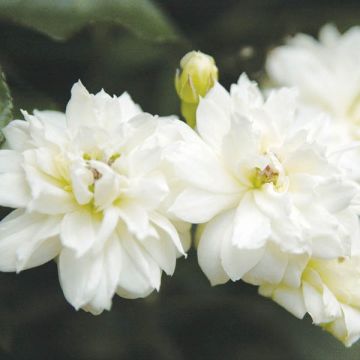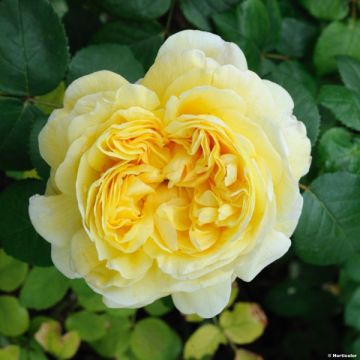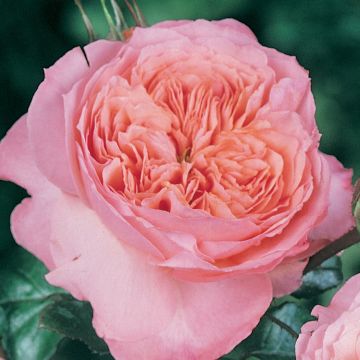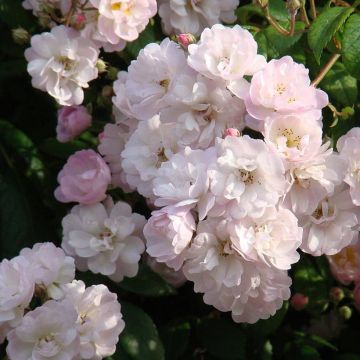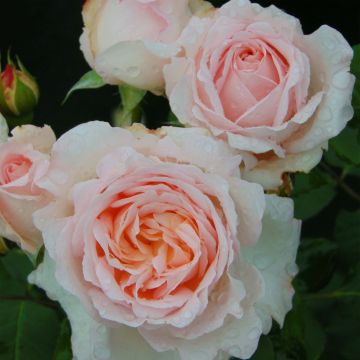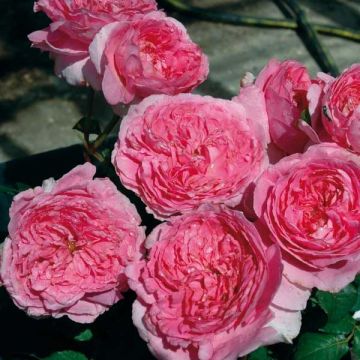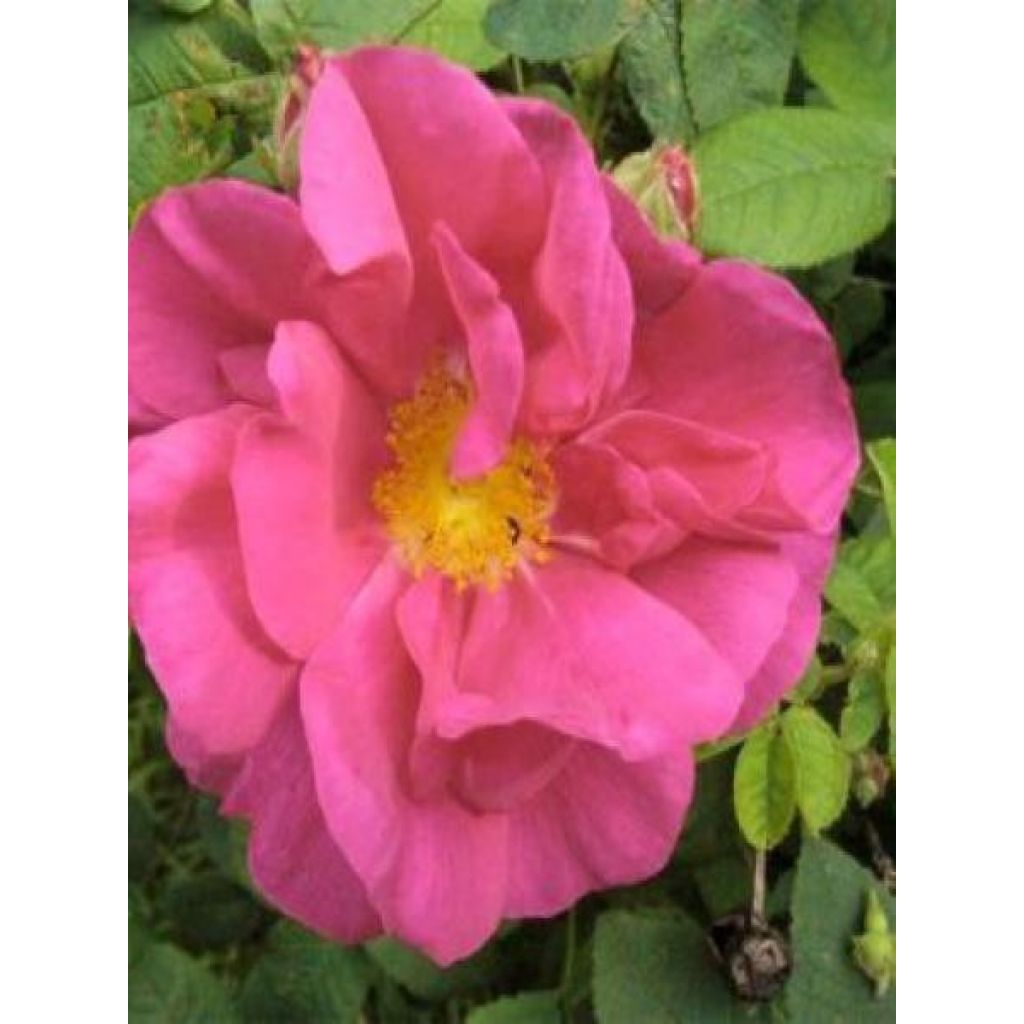

Rosa gallica Officinalis
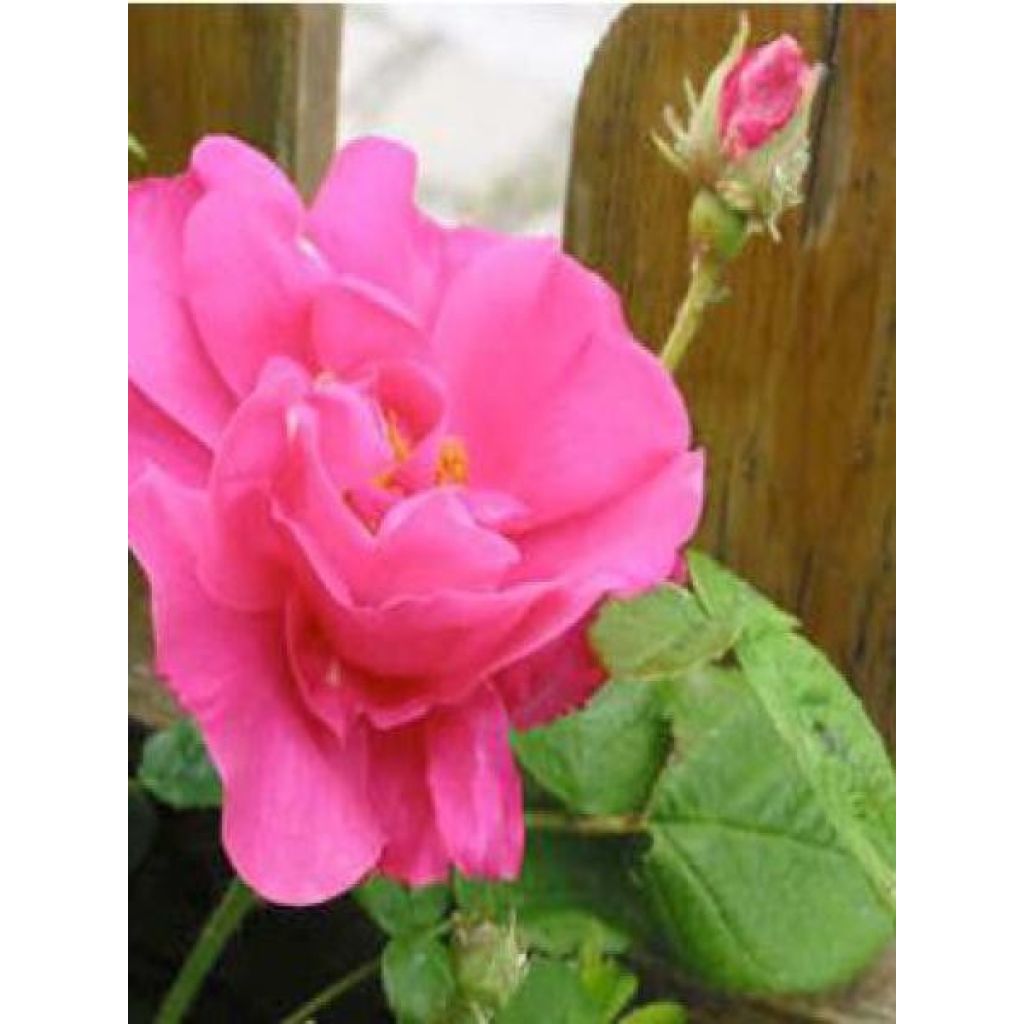

Rosa gallica Officinalis
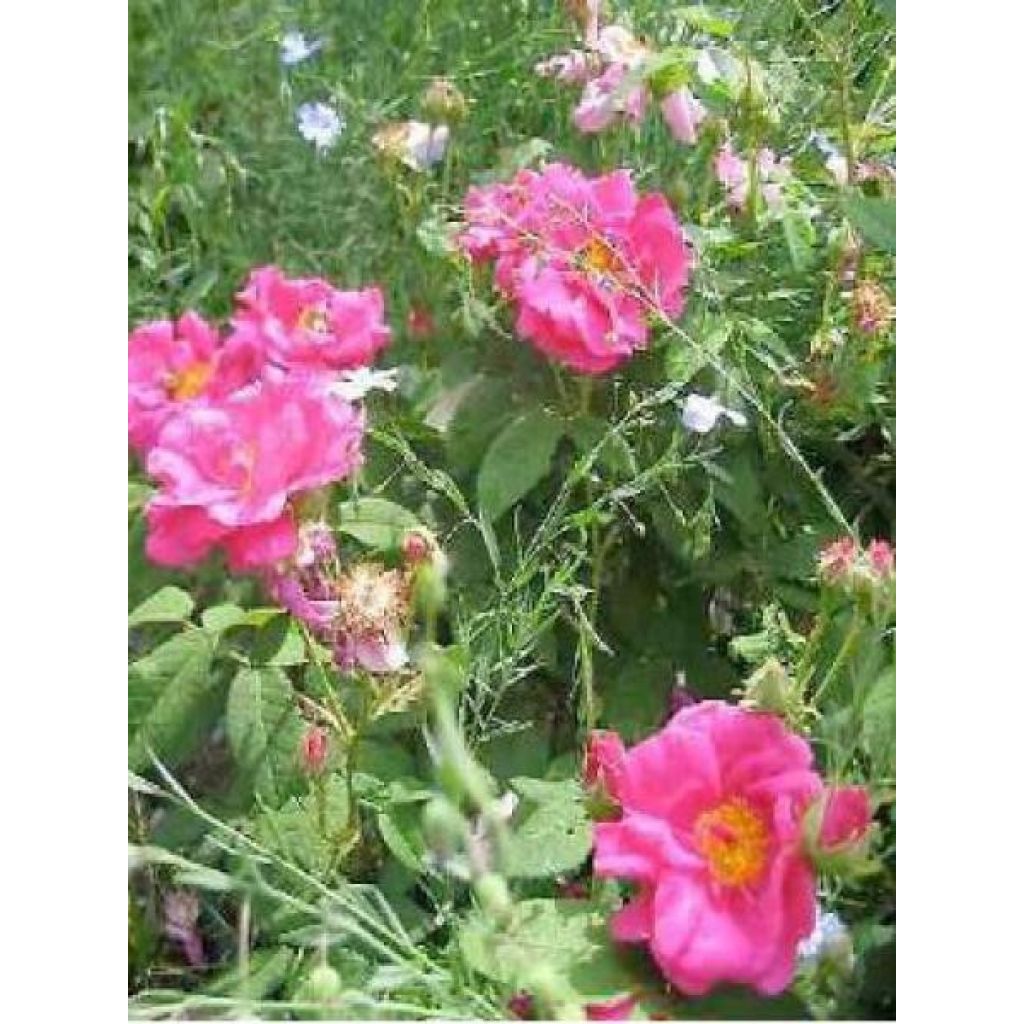

Rosa gallica Officinalis
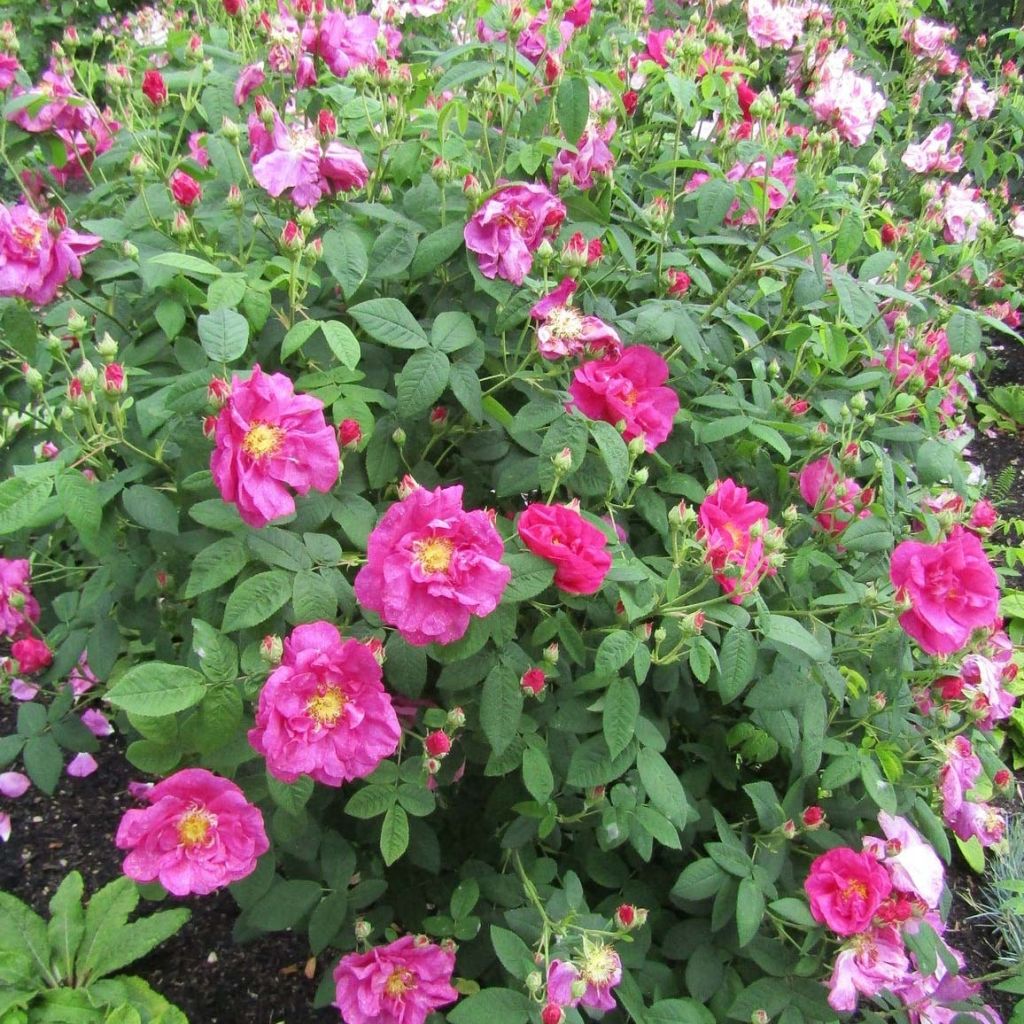

Rosa gallica Officinalis


Rosa gallica Officinalis
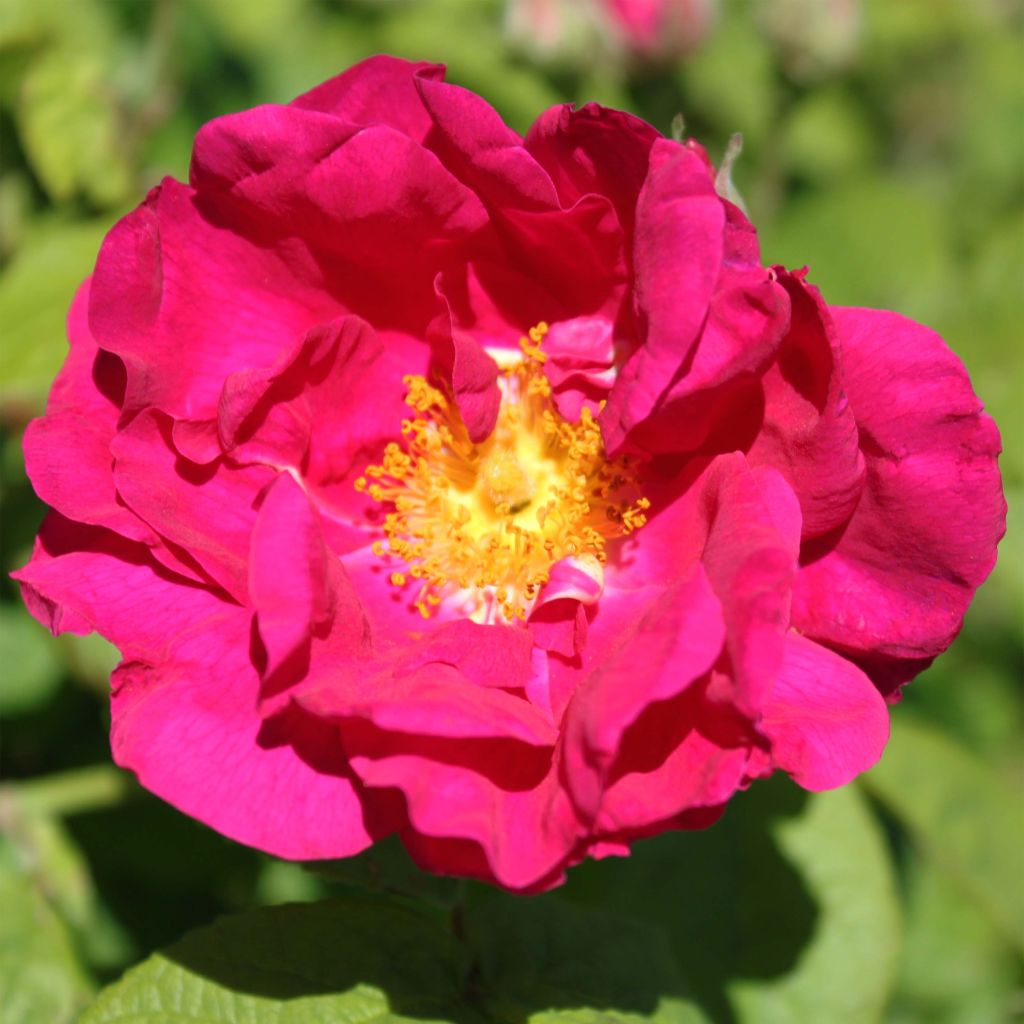

Rosa gallica Officinalis
Rosa gallica Officinalis
Rosa x gallica Officinalis
French Rose, Gallic Rose
Beautiful, floriferous, and fragrant.
Alain, 02/09/2024
This item cannot be shipped to the selected country
Delivery charge from €5.90
Delivery charge from €5.90
Delivery to Corse prohibited
More information
Schedule delivery date,
and select date in basket
This plant carries a 24 months recovery warranty
More information
We guarantee the quality of our plants for a full growing cycle, and will replace at our expense any plant that fails to recover under normal climatic and planting conditions.
From €5.90 for pickup delivery and €6.90 for home delivery
Express home delivery from €8.90.
From €5.90 for pickup delivery and €6.90 for home delivery
Express home delivery from €8.90.
Delivery to Corse prohibited: UE law prohibits the import of this plant from mainland France to Corse as part of the fight against Xylella fastidiosa. Please accept our sincere apologies.
More information


Does this plant fit my garden?
Set up your Plantfit profile →
Description
This organic Rosa (x) gallica Officinalis is a rose bush commonly used for the production of essential oils in perfumery. It is also known as the Apothecary's Rose, as it has been cultivated since the 13th century for its medicinal properties. Its ornamental qualities and the uncommon vigour of this almost wild rose quickly seduced the very first rose breeders who used it to create other forms and varieties, most of which have now disappeared. Rescued from the past, this historic rose still charms today's enthusiasts of robust and reliable plants with its abundant summer flowering in a bright carmine pink. Charming, hardy, and truly undemanding, it will adapt to all gardens.
Rosa (x) gallica Officinalis, also known as the Provins Rose, rosa gallica 'Plena', Rosa galliva, or Rosa 'Semi-duplex', is considered a subspecies of the botanical rose Rosa gallica, native to an area ranging from Central and Southern Europe to Asia Minor. Already mentioned in the West in 1583 by Charles de Lécluse, the officinal rose was celebrated in its time by the Greek poet Anacreon in the 6th century BC. All the so-called Gallic roses are resistant and undemanding bushes that tend to sucker when grown on their own roots.
The Apothecary's Rose was distinguished with an Award of Garden Merit in England for its ornamental qualities, as well as its performance in the garden. This low-growing shrub, with a bushy habit, reaches approximately 90 cm in height and 1 m in spread, with moderately fast growth. Its foliage is adorned with a rather dark green colour, it is matte and remarkably healthy. It blooms in June-July, for a long time and abundantly, with semi-double to double flowers of medium size reaching 8 to 9 cm in diameter, grouped in small clusters. The 8 to 15 petals that make up the flower are arranged in a flat cup. They are a bright carmine pink, centred on a very bright yellow stamen heart. The flowering is followed by the formation of numerous fruits called hips, ovoid in shape and red-orange in colour when ripe. The fragrance of these roses is very pleasant, typical of old roses, more or less light or intense depending on the time of day and the climate. The Gallic rose, Rosa gallica, very fertile, is a botanical species that played a major role in the creation of the first European varieties.
Later abandoned for perpetual hybrid varieties, Gallic roses are nevertheless robust roses full of history. They include bushes like 'Officinalis', 'Versicolor', 'Cardinal de Richelieu' or 'Charles de Mills' that thrive in old abandoned gardens, while many others will have given up. Full of charm, brilliant and carefree, the Provins rose contributes to the exuberance of summer-flowering shrub borders, landscape hedges, mixed with buddleias, abelias, or deutzias. Its modest growth allows it to fit into perennial borders, where it wonderfully accompanies perennial geraniums, paniculate phlox, dame's rocket, or purple toadflax. Rare qualities that make us forget that it only blooms once, a flaw that is not reproached in other flowering shrubs! It definitely deserves to be planted in all rose lovers' gardens.
If you have enough space, English, Old, or Shrub Roses are magnificent when planted in groups of three. They will grow together to form 'one' opulent bush that will bloom even more generously.
Report an error about the product description
Plant habit
Flowering
Foliage
Botanical data
Rosa
x gallica
Officinalis
Rosaceae
French Rose, Gallic Rose
Cultivar or hybrid
Other Traditional Roses
Planting and care
Plant your organic Rosa gallica Officinalis in a sunny or lightly shaded location. Gallic roses are tolerant but do not appreciate excessive limestone or very acidic and poor soils. They will adapt to any garden as long as the soil is well prepared and worked, deep, not too heavy, and rich enough. To install your rose, work the soil by crumbling it well and put an amendment at the bottom of the planting hole, such as dried blood or horn. Water generously after planting to remove air pockets. Water regularly for a few weeks to facilitate rooting, as well as the first two summers, especially if the summer is hot and dry.
Gallic and old roses, in general, are plants with deep roots that are remarkably drought-resistant once established; consider installing mulch in your flower beds to enrich the soil while limiting water evaporation. In hot regions where sunlight is intense, roses dislike scorching exposures that damage and dry out flowers and foliage: place them preferably in partial shade or in the morning sun, definitely not in the evening sun.
Pruning old roses mainly consists of removing faded flowers as they appear, unless you want to keep the decorative berries. Avoid pruning to maintain an interesting bushy shape. However, in late winter (March), you can remove branches located in the middle of the bush that tend to suffocate it.
Planting period
Intended location
Care
-
, onOrder confirmed
Reply from on Promesse de fleurs
Fragrant Roses
Haven't found what you were looking for?
Hardiness is the lowest winter temperature a plant can endure without suffering serious damage or even dying. However, hardiness is affected by location (a sheltered area, such as a patio), protection (winter cover) and soil type (hardiness is improved by well-drained soil).

Photo Sharing Terms & Conditions
In order to encourage gardeners to interact and share their experiences, Promesse de fleurs offers various media enabling content to be uploaded onto its Site - in particular via the ‘Photo sharing’ module.
The User agrees to refrain from:
- Posting any content that is illegal, prejudicial, insulting, racist, inciteful to hatred, revisionist, contrary to public decency, that infringes on privacy or on the privacy rights of third parties, in particular the publicity rights of persons and goods, intellectual property rights, or the right to privacy.
- Submitting content on behalf of a third party;
- Impersonate the identity of a third party and/or publish any personal information about a third party;
In general, the User undertakes to refrain from any unethical behaviour.
All Content (in particular text, comments, files, images, photos, videos, creative works, etc.), which may be subject to property or intellectual property rights, image or other private rights, shall remain the property of the User, subject to the limited rights granted by the terms of the licence granted by Promesse de fleurs as stated below. Users are at liberty to publish or not to publish such Content on the Site, notably via the ‘Photo Sharing’ facility, and accept that this Content shall be made public and freely accessible, notably on the Internet.
Users further acknowledge, undertake to have ,and guarantee that they hold all necessary rights and permissions to publish such material on the Site, in particular with regard to the legislation in force pertaining to any privacy, property, intellectual property, image, or contractual rights, or rights of any other nature. By publishing such Content on the Site, Users acknowledge accepting full liability as publishers of the Content within the meaning of the law, and grant Promesse de fleurs, free of charge, an inclusive, worldwide licence for the said Content for the entire duration of its publication, including all reproduction, representation, up/downloading, displaying, performing, transmission, and storage rights.
Users also grant permission for their name to be linked to the Content and accept that this link may not always be made available.
By engaging in posting material, Users consent to their Content becoming automatically accessible on the Internet, in particular on other sites and/or blogs and/or web pages of the Promesse de fleurs site, including in particular social pages and the Promesse de fleurs catalogue.
Users may secure the removal of entrusted content free of charge by issuing a simple request via our contact form.
The flowering period indicated on our website applies to countries and regions located in USDA zone 8 (France, the United Kingdom, Ireland, the Netherlands, etc.)
It will vary according to where you live:
- In zones 9 to 10 (Italy, Spain, Greece, etc.), flowering will occur about 2 to 4 weeks earlier.
- In zones 6 to 7 (Germany, Poland, Slovenia, and lower mountainous regions), flowering will be delayed by 2 to 3 weeks.
- In zone 5 (Central Europe, Scandinavia), blooming will be delayed by 3 to 5 weeks.
In temperate climates, pruning of spring-flowering shrubs (forsythia, spireas, etc.) should be done just after flowering.
Pruning of summer-flowering shrubs (Indian Lilac, Perovskia, etc.) can be done in winter or spring.
In cold regions as well as with frost-sensitive plants, avoid pruning too early when severe frosts may still occur.
The planting period indicated on our website applies to countries and regions located in USDA zone 8 (France, United Kingdom, Ireland, Netherlands).
It will vary according to where you live:
- In Mediterranean zones (Marseille, Madrid, Milan, etc.), autumn and winter are the best planting periods.
- In continental zones (Strasbourg, Munich, Vienna, etc.), delay planting by 2 to 3 weeks in spring and bring it forward by 2 to 4 weeks in autumn.
- In mountainous regions (the Alps, Pyrenees, Carpathians, etc.), it is best to plant in late spring (May-June) or late summer (August-September).
The harvesting period indicated on our website applies to countries and regions in USDA zone 8 (France, England, Ireland, the Netherlands).
In colder areas (Scandinavia, Poland, Austria...) fruit and vegetable harvests are likely to be delayed by 3-4 weeks.
In warmer areas (Italy, Spain, Greece, etc.), harvesting will probably take place earlier, depending on weather conditions.
The sowing periods indicated on our website apply to countries and regions within USDA Zone 8 (France, UK, Ireland, Netherlands).
In colder areas (Scandinavia, Poland, Austria...), delay any outdoor sowing by 3-4 weeks, or sow under glass.
In warmer climes (Italy, Spain, Greece, etc.), bring outdoor sowing forward by a few weeks.







































